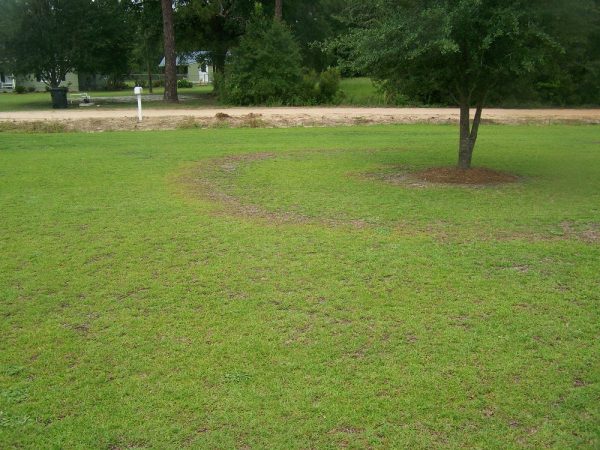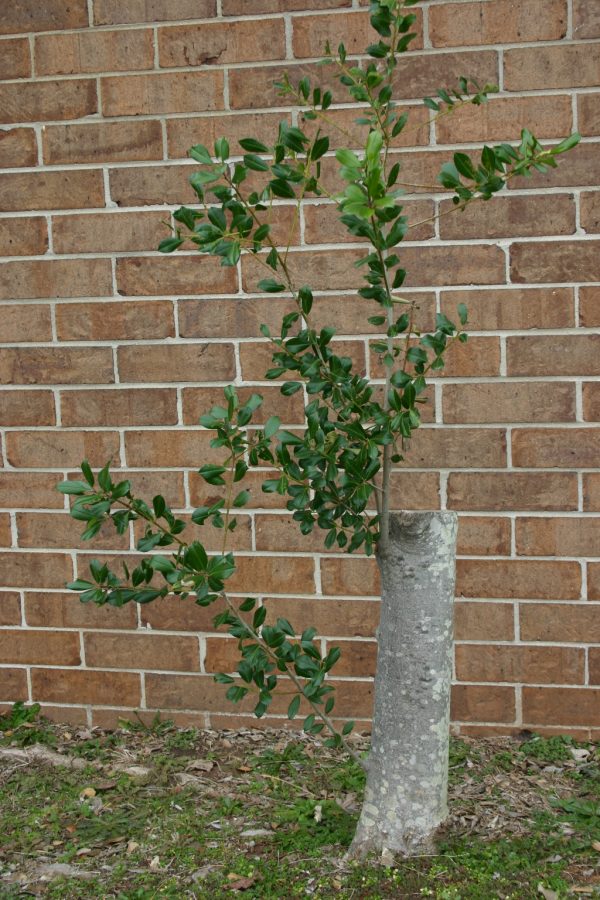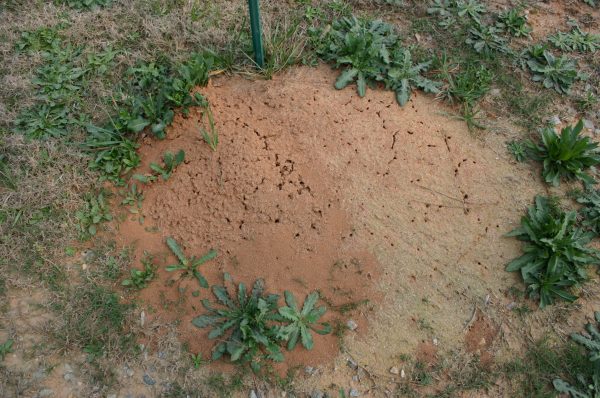Lawn – Timing Fertilizer in Spring
Q: We have bermudagrass in our front yard and fescue in the back. We have been served by a local lawn maintenance company for several years. They always want to start the new season with an application of pre-emergent and fertilizer in January. I tell them this is too early for bermudagrass and not to come until March. Is this correct?
A: You are right to question the scheduling. According to University of Georgia turf specialist Clint Waltz, most pre-emergent chemicals are broken down by soil microbes and they are not active when soil temperatures are in the 30’s and low 40’s. Therefore, applying a pre-emergent in January is usually not a problem if it must be done then.
The real question has to do with timing the fertilizer application. January is typically a bit early to fertilize tall fescue but it isn’t a terrible mistake.
However, it is far too early to be fertilizing bermudagrass. If the fertilizer is a water-soluble form, it will likely be washed away before the turf greens-up and can absorb it. Therefore, the company will simply have wasted your money and possibly contributed to water pollution.
The ideal is to make the pre-emergence application in late February to early March (before soil temperatures reach 55 F.) and fertilize the tall fescue at this time as well, then fertilize the bermudagrass later, once soil temperatures are consistently above 65 F.
Remember that the maintenance company has the right to charge you extra for additional visits.













